Solar 101
October 20th, 2021

Join RR2CS and Nicholas Kwan Wong of
Solar Alberta to discuss everything you need to know right now about solar energy in Alberta .
EP42 On-Farm Solar 2.0
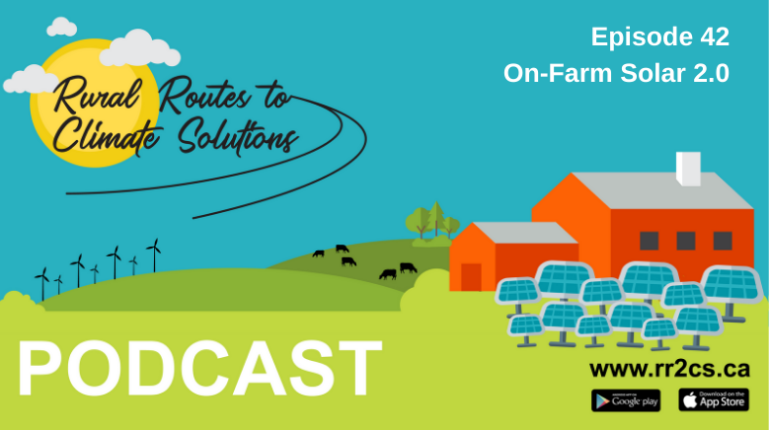
Podcast: Play in new window | Download
Subscribe: RSS
Cutting hay is not the only thing an agricultural producer can do these days when the sun is shining. A crash course in on-farm solar from A-Z with Lee Sinal of KCP Energy.
Biodiverse Organic Grain, Custom Grazing, and Plant Breeding for Seed Security – Midmore Farms, Sturgeon County
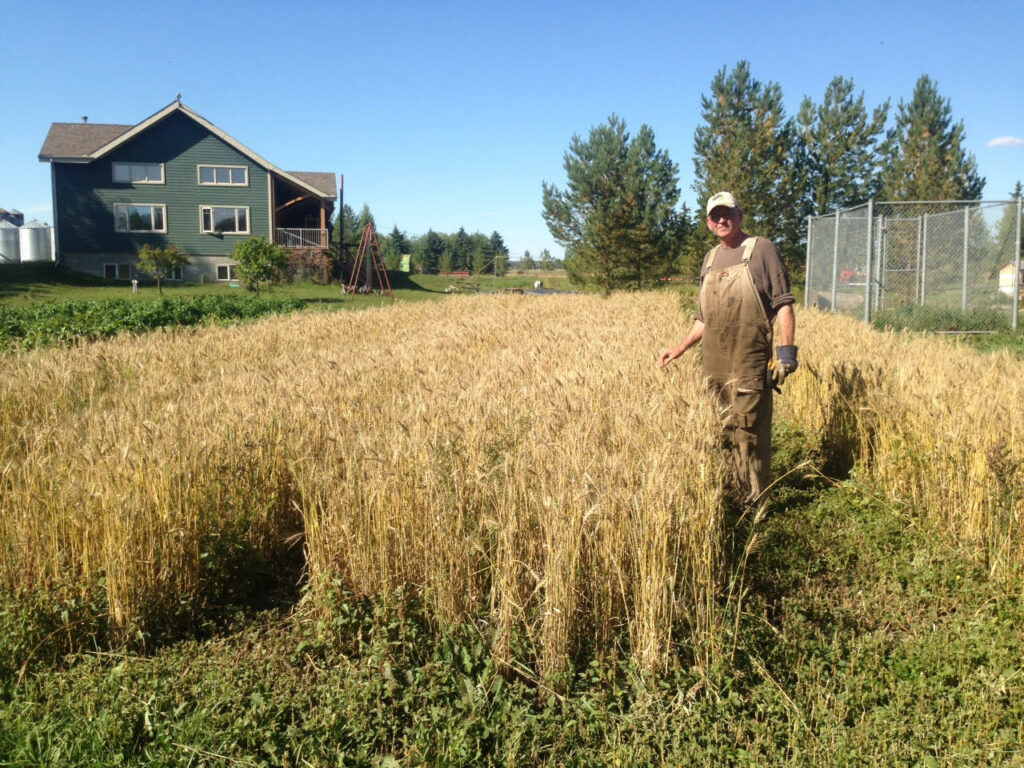
For Ward and Joanne Middleton, organic grain and oilseed farmers, planning for environmental and financial resiliency has become critical to adapting to extreme weather events on the farm. Over the past 27-years, the couple has managed Midmore Farms, an 850-acre certified organic farming operation, located northwest of Edmonton in Sturgeon County.
Today, Ward and Joanne are practicing with a wide variety of climate solutions, including intercropping to reduce soil tillage and integrating livestock on the land through custom grazing. They’re also investing in renewable energy technology and participating in seed saving initiatives. But these solutions haven’t happened overnight. Farming, says Ward, has been a dynamic, evolving process in observing interactions between soil, environment, climate, animal and plant vitality. “We’re always striving for continuous improvement,” he says. “There’s always room for improvement.”
No-Till Farming for the Future — Jackson Homesteaders Farms Ltd., Strathcona County
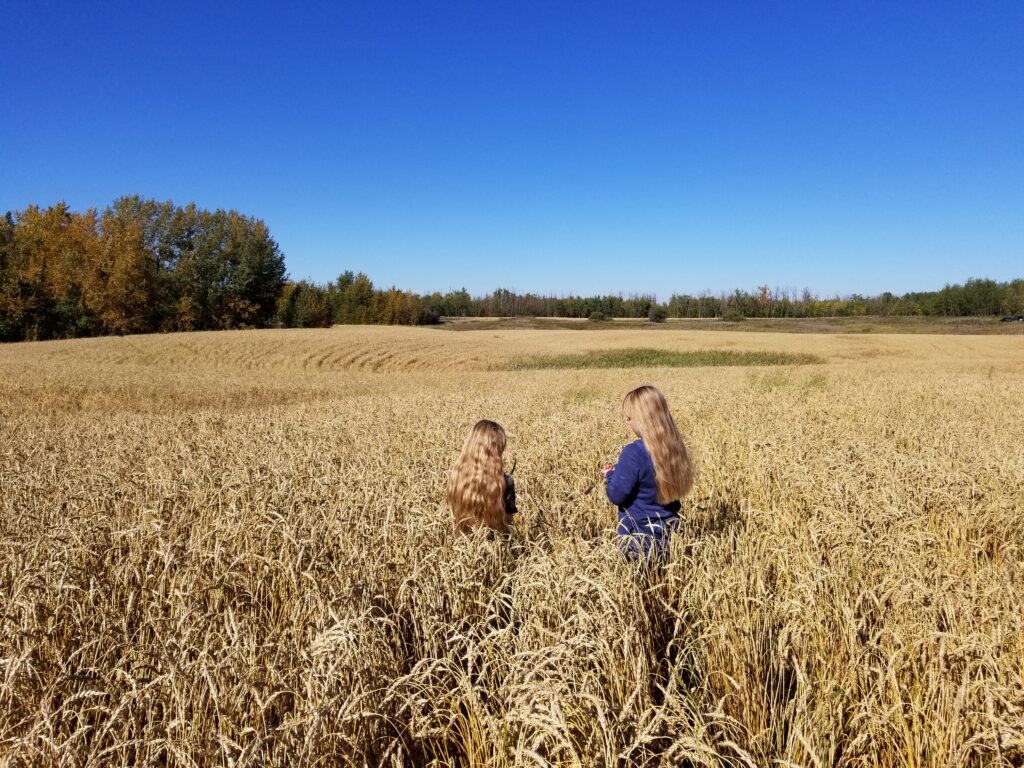
As a fourth generation grain and pulse farmer in Strathcona County, Colin Jackson has seen many changes to the way food is grown on the Canadian prairies. He grew up on the very land he stewards today with his wife, Laura, and their family. They run Jackson Homesteaders Farms Ltd., a multi-enterprise farm that resides on 180-acres of land, located north of Sherwood Park, Alberta. The Jacksons farm around 5000 acres (owned and rented) of grain and pulse production, manage a horse boarding operation, tend honeybee hives, run a community garden and care for a huge flock of ‘rescued’ chickens and ducks.
Solar Installations on the Farm
September 16th, 2021

Join us and Lee Sinal of KCP Energy to discuss solar installations on the farm.
In Conversation with Beekeeper Tracey Smith – Beanstalk Honey – Strathcona County
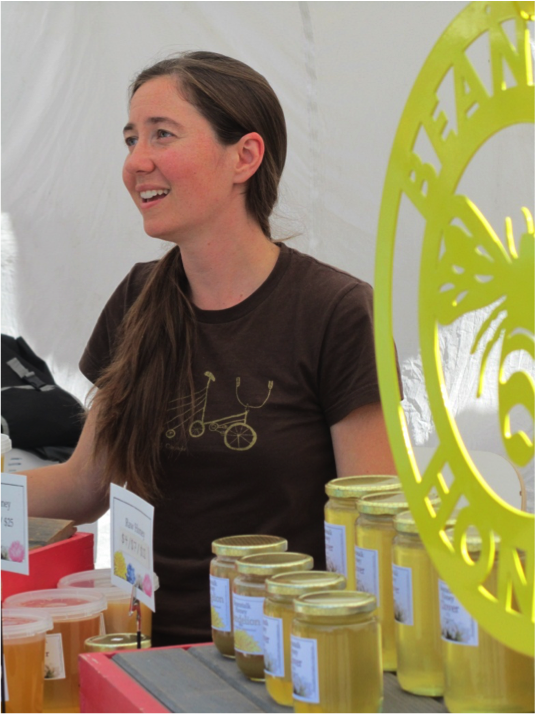
Tracey Smith grew up near North Cooking Lake in Strathcona County and in Edmonton. During her undergrad degree in conservation biology at the University of Alberta, she became intrigued by questions of food security in the North. After graduating, Tracey moved to Fairbanks, Alaska to pursue a Master’s of Arts at the University of Fairbanks. Her research on the North compared the carbon footprint of raising backyard laying hens compared to that of importing eggs from the lower 48 states. Around the same time, Tracey began volunteering on a vegetable farm near the university. The farmer also kept a few hives for pollinating the vegetables. At the time, Tracey was living in a rustic cabin – no running water – and becoming disenchanted with academia. She wondered what kind of career to pursue.
Stronger Plants, Family & Community – Peas on Earth – Sturgeon County
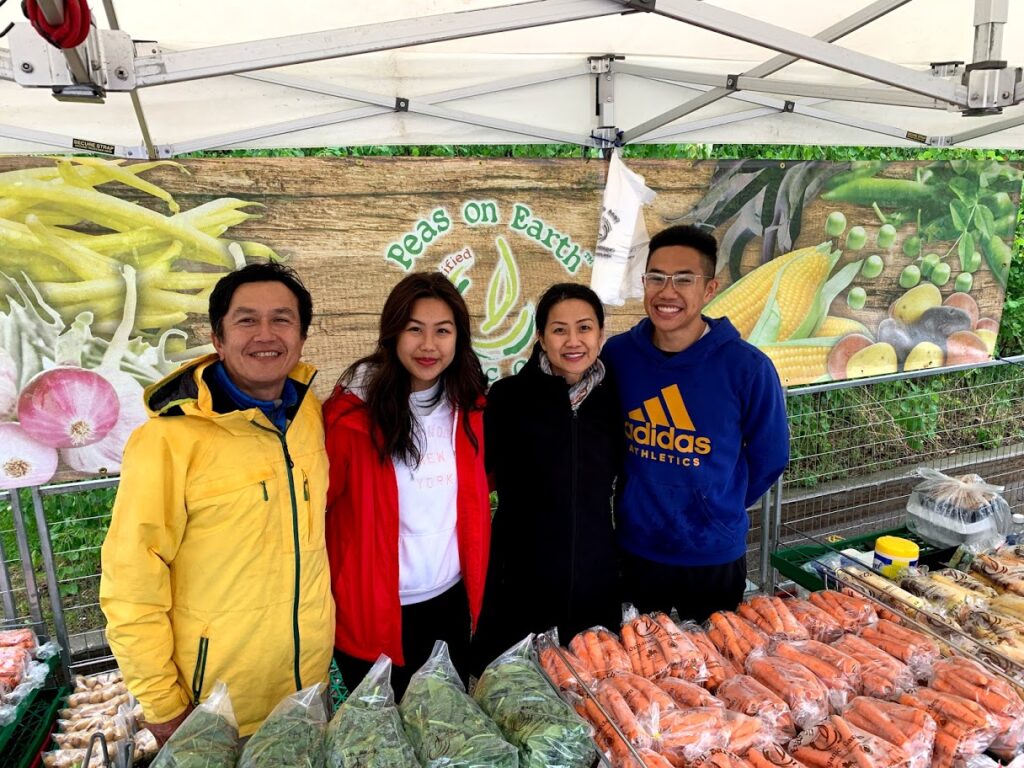
Eric and his wife Ruby, along with their extended family, have been growing mixed vegetables in northern Alberta for nearly 35 years. The Chen family has seen it all over the past several decades, dealing with weeds, pests, and extreme climactic events. They have a deep passion for growing organic food and feeding communities in the Edmonton and surrounding area.
“Farming was always a calling for us,” explains Eric. “It really helped us grow as a family.”
Eric was born in Laos and spent part of his childhood in Thailand. His grandmother, originally from China, had farming roots, but his parents only kept a hobby garden and a few livestock. In 1979, when Eric was thirteen years old, he and his family immigrated to Westlock, Alberta. Two years later, he took a summer job working on a vegetable farm in Westlock. “That’s how it all started,” he laughs. “The farmer said to me, ‘Maybe you should start a farm’ – and eventually – I did!”
Small Berry with a Big Story – Rosy Farms – Sturgeon County
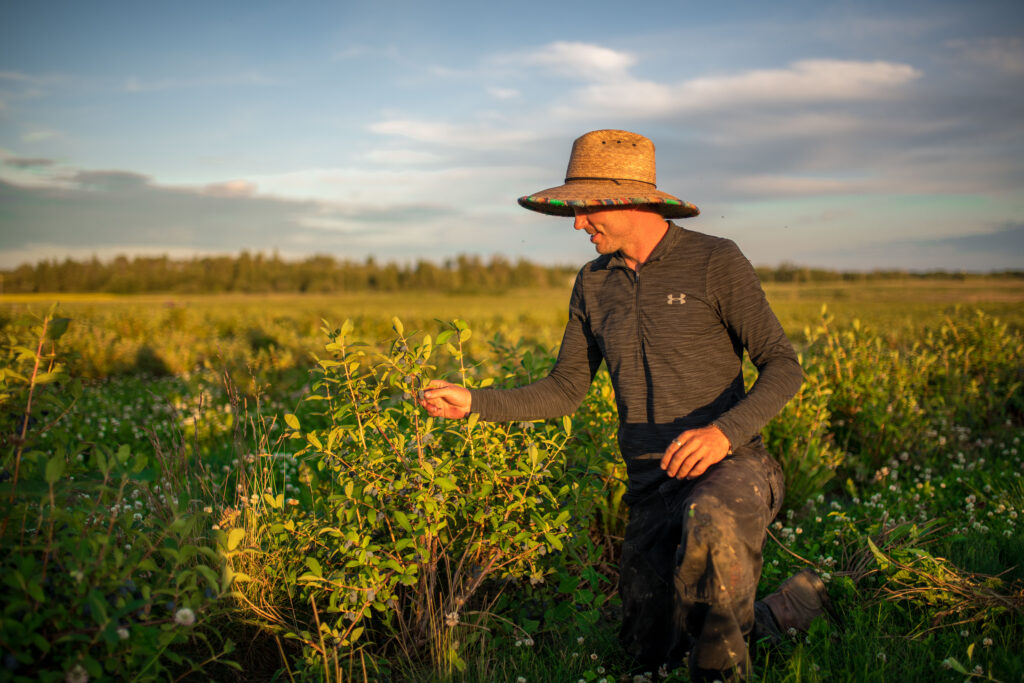
Andrew works with natural ecosystem succession: planting berry bushes on broken, exposed soils and making room for pioneer species – like dandelions, for example – and grasses and shrubs. He points out how “weeds” actually have tremendous value in helping to aerate soils, provide shade for other plants, and stimulate microbiology in the soil. Andrew purposely sowed bunch grasses – a grass that would be in the same phase as the haskaps – as opposed to a creeping grass, like a brown grass, or quack grass.
Building Soil, Healthy Ecosystems & Community – Tin Forest Farm – Wetaskiwin, AB
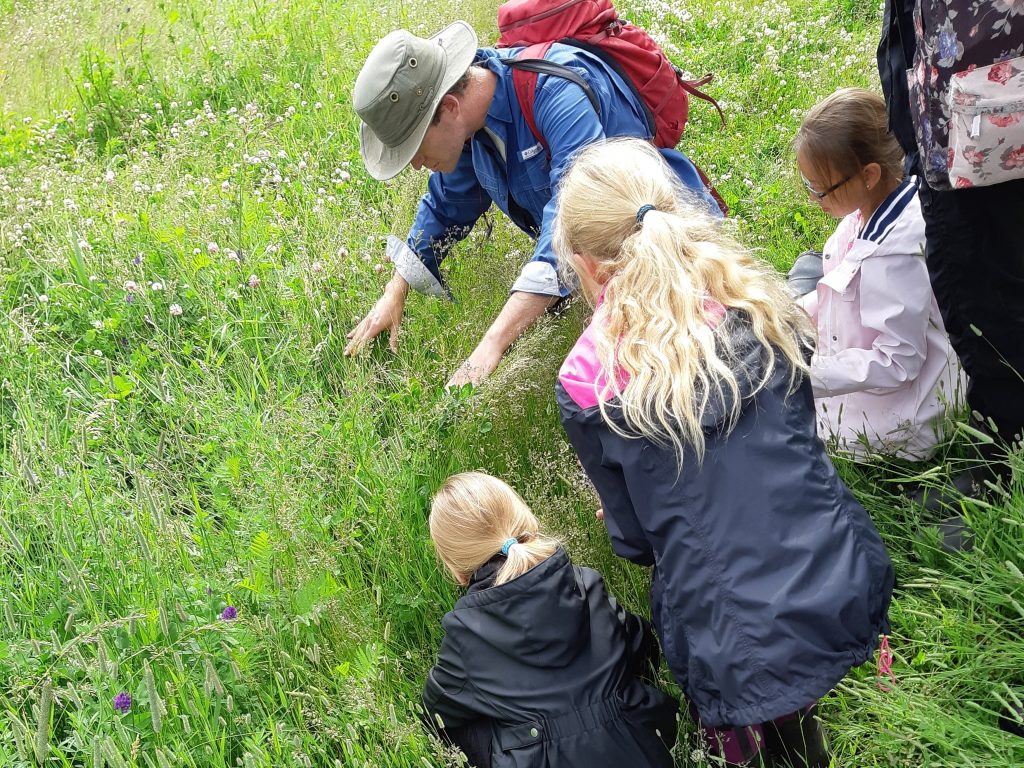
In their first year on the land, the Schambers planted 500 trees. The following year, they planted 3000. Today, they have over 8000 trees on their property. “The land was what fit our budget – it wasn’t the land of our dreams,” reiterates Alana. “But we’ve been working with the land to clean up the junk, reorganize, plant trees, encourage plant growth and make it the farm of our dreams.”
Over the past decade, the Schambers have helped to restore and rehabilitate Tin Forest Farm through regenerative farming practices, including rotational grazing, agroforestry, and fencing off sensitive riparian areas. The family raise grass-finished heritage beef and lamb, heritage chickens, honey bees, and sell hand-spun wool. In previous years, Alana organized an annual summer Kid’s Nature Camp and a Farm to Table community dinner at the farm. “Our goal is to get local food on the tables of local families,” says Alana.
Heritage Sheep Farming and Silvo-Pasture Management – Rhyant Rock Farm – Stony Plain, AB
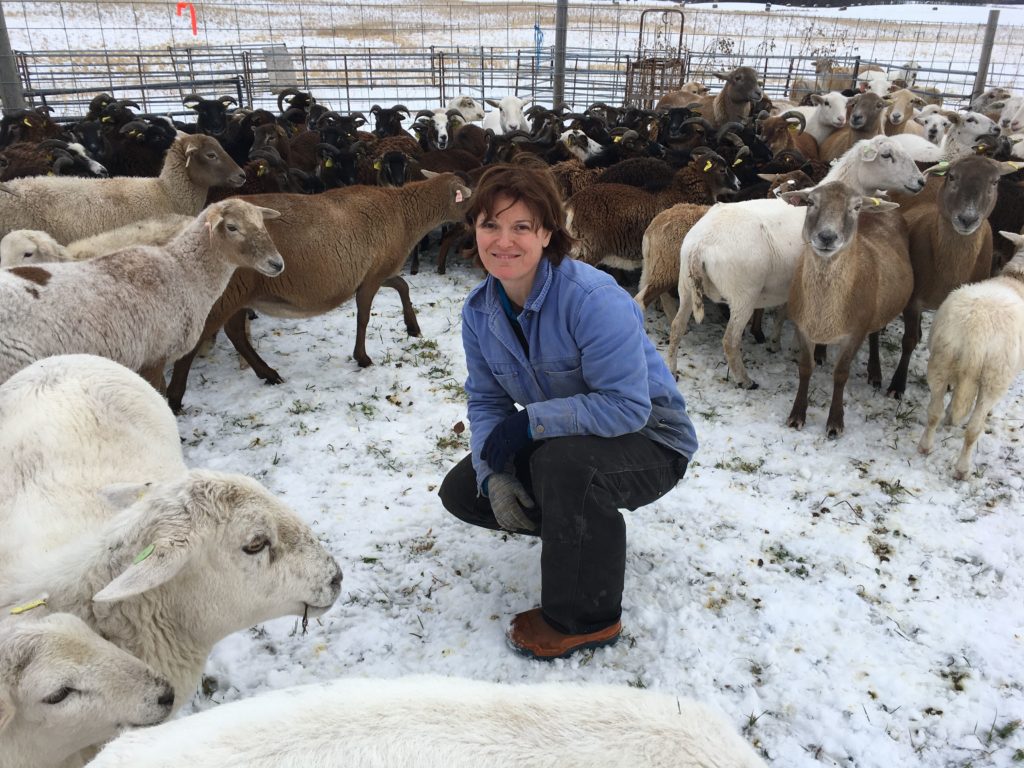
When I began to consider the risks for disease – which is very real in this day and age, look at COVID-19 for example – I became really interested in learning more about heritage breeds. There’s certain breeds that are more disease, or parasite resistant. There’s also mothering instincts and attributes of food quality. When you consider evolution, some breeds go extinct. But sometimes they lose popularity because they are smaller, or slower at production. I think as human beings we’ve gotten caught up with breeds that grow the fastest versus those that are of better food quality.
For me, I work off-farm, so I can’t be here 24/7 to lamb sheep, or getting up in the middle of the night and then going to my day-job and performing well. It was important to me to find breeds – American Soay and Katahdin sheep – that are able to look after themselves in the hours when I’m not here. With these breeds, lambing entails going out in the morning and evening and putting tags in the lambs’ ears. It doesn’t involve pulling lambs. It doesn’t involve 2 AM checks or anything like that.
